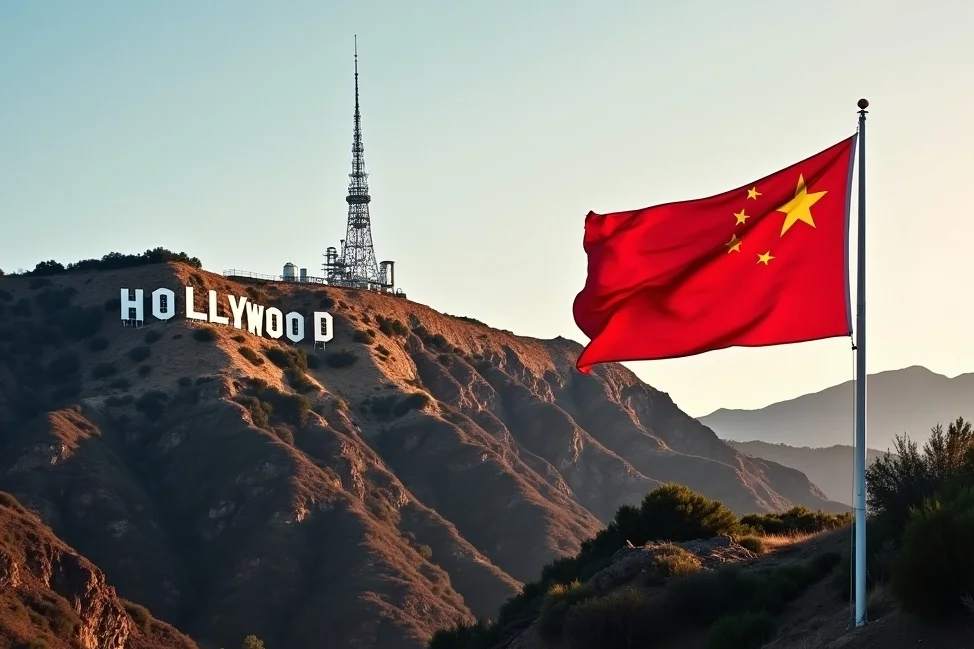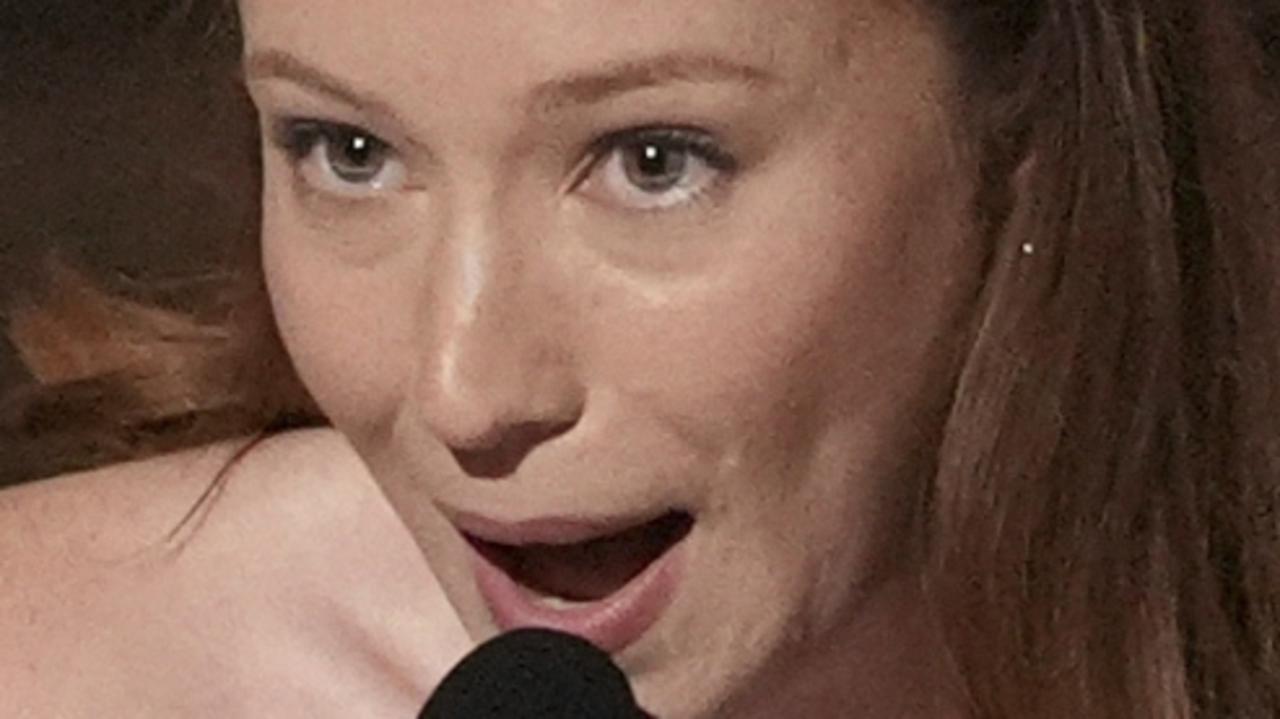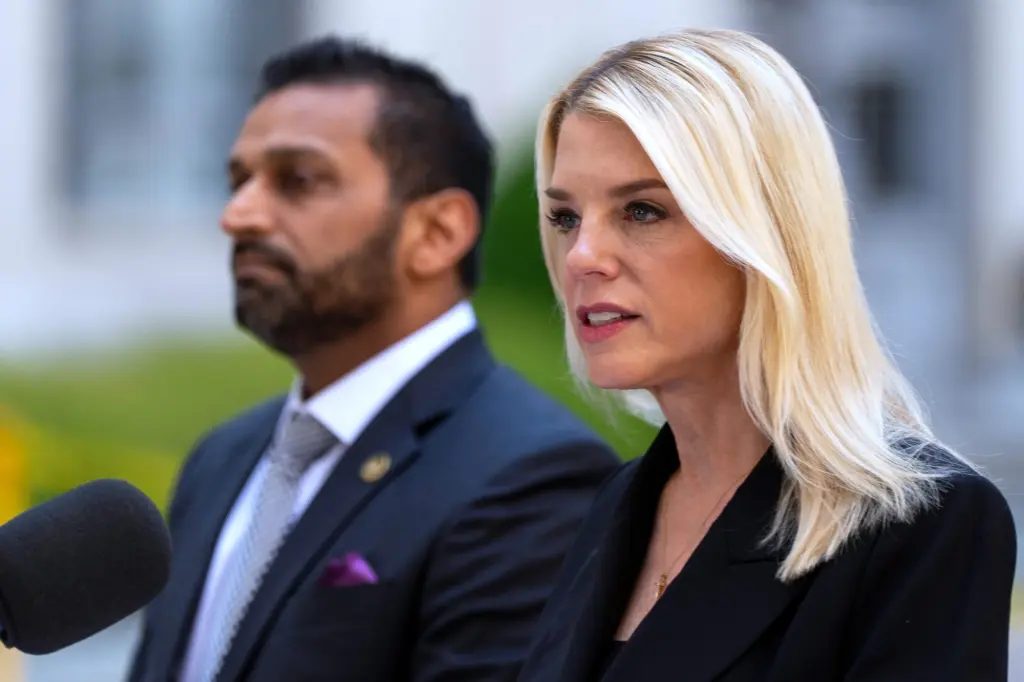
Setting the Stage: AI, Copyrights, and a Global Showdown
A legal earthquake just struck the entertainment world: Hollywood’s biggest studios including Disney, Universal, and Warner Bros. Discovery, have simultaneously filed a blockbuster lawsuit against MiniMax, a Chinese AI unicorn valued at $4 billion. The suit, alleging “willful and brazen” copyright infringement, accuses MiniMax of disregarding U.S. copyright law by treating the studios’ copyrighted characters as if those were its own.
Far more than just another corporate dust-up, this suit signals the opening of a new front in a high-stakes battle over who will shape and profit from the future of creative AI content. For investors, it offers new perspectives on what types of AI companies might make for solid bets in the midst of these types of legal battles.
The MiniMax Affair: IP Violations and Willful Infringement
The case centers on MiniMax’s Hailuo AI platform, which offers users the ability to generate high-quality, on-demand video mashups starring instantly recognizable film characters from Darth Vader to Marvel superheroes. MiniMax’s Hailuo platform aggressively promoted itself as a “Hollywood studio in your pocket,” letting its 157 million global users prompt the creation of videos featuring trademarked characters, costumes, and scenes from Mickey Mouse, Minions, and beyond.
Source: Hailuo-Generated by Andre Bourque
Not only did MiniMax commercialize content built on Hollywood’s intellectual property, but it also advertised with those same protected icons. The company even overlaid their own branding onto the auto-generated works.
Hollywood’s response has been swift and severe. The studios are seeking up to $150,000 per instance of IP infringement and have highlighted MiniMax’s disregard for multiple cease-and-desist letters as evidence of willful, and now legally actionable, copyright violations.
A Broader Trend: Copyright Wars Escalate
The MiniMax suit is the latest flare-up in what many are calling the “copyright wars of the AI age.” Earlier this year, Disney and Universal sued image generator Midjourney. In the online media realm, The New York Times went after Open AI for using its proprietary content to train its LLM platform.
The rationale is clear: Creators are moving aggressively to halt the unchecked use of their IP as large language and generative media models threaten to erode the core creative value proposition. For Hollywood, what’s at stake is a film industry that contributes more than $260 billion to the U.S. economy each year.
Hollywood’s Counteroffensive Strategies
Source: AI-Generated by Andre Bourque
To defend its creative and economic interests, Hollywood has launched a multi-faceted counteroffensive aimed at setting industry-wide standards and ensuring the protection of intellectual property in the age of advanced AI.
First and foremost, legal action remains a pivotal strategy. The high-profile lawsuit against China’s MiniMax exemplifies Hollywood’s resolve to establish clear legal precedents that require AI companies to secure proper licenses before training on copyrighted material. These courtroom battles are intended not only to secure direct compensation but to send a strong deterrent message to other AI startups and tech giants globally.
Secondly, the industry is asserting regulatory leadership. Landmark agreements like the Writers Guild of America’s 2023 contract have introduced sweeping AI protections for writers and creative workers, establishing frameworks that are now serving as models for labor negotiations and regulatory policies across the world. This proactive stance extends Hollywood’s influence into policy-making, encouraging governments to legislate on behalf of content creators in the face of rapid technological change.
A third front in the battle is technological innovation. Major studios are investing in and adopting new tools to safeguard original works. These include blockchain-based provenance systems, which provide traceable ownership and licensing data for creative assets, and AI-driven solutions like “Trace ID” that can automatically detect and flag unauthorized uses or deepfakes based on visual or audio signatures. By leveraging technology, Hollywood aims to both track and prevent the misuse of their IP in real time.
Beyond these, strategic partnerships and clean-room AI platforms have emerged as a critical defensive strategy. Hollywood is increasingly aligning with AI companies such as Adobe, which touts its Firefly product as being trained only on licensed or public domain material, and forming alliances with legaltech firms specializing in compliance and content-rights management. These collaborations foster the development of “clean-room” AI models that respect copyright law from the ground up.
What This Means for AI Investors
Source: AI-Generated by Andre Bourque
Collectively, these strategies not only reinforce Hollywood’s role as a guardian of creative rights but also influence the AI investment landscape, steering capital toward companies and technologies that prioritize legal compliance, robust protection of intellectual property, and sustainable partnerships across the creative economy.
Examples include:
Source: Created by Andre Bourque
1. Clean-Room/Legally Licensed AI Platforms
As legal risks intensify for firms training AI models on unlicensed data, the future of the industry will demand that companies prove their platforms are developed using “clean” or fully licensed content. This shift creates significant opportunities for businesses that focus exclusively on utilizing licensed or public domain material, as exemplified by OpenAI’s agreement with News Corp and Anthropic’s recent settlements.
Additionally, there is growing potential for providers of specialized copyright-detecting and monitoring software, as well as “AI model audit” services, all of which enable the verification and ongoing oversight of training data to ensure robust legal compliance in the evolving AI landscape.
2. AI Content IP Management & Protection
As intellectual property emerges as a critical battleground in the age of AI, startups specializing in assisting media companies to track, license, and protect their digital assets are becoming indispensable; this rapidly growing landscape presents major opportunities for businesses offering blockchain-based digital rights management (DRM) solutions such as Hidden Pixels, platforms leveraging technologies like deepfake and provenance detection exemplified by “Trace ID” solutions, and innovative AI-powered copyright enforcement and litigation tools, all of which address the mounting challenges of safeguarding creative content and ensuring compliance in an increasingly automated, AI-driven world.
3. AI Cloud Infrastructure Providers
As Western governments and major conglomerates invest billions in new data centers and robust cloud infrastructure to ensure compliant AI training and deployment on the global stage, significant opportunities are arising for key players in this evolving landscape: major cloud providers like Microsoft Azure, Google Cloud, and Amazon AWS who are now prioritizing AI-focused services; infrastructure and niche data center REITs that support the growing needs of AI workloads; and innovative startups developing privacy-preserving cloud AI solutions or specialized model isolation technologies that safeguard data protection and regulatory compliance, positioning them at the forefront of the next phase in secure and scalable artificial intelligence development.
4. AI-Powered Creative Tools Legitimized
As demand for AI-assisted creative production continues to surge, the future will increasingly favor platforms that offer transparent licensing, robust partnerships, and strong protections for actors and creators; this market evolution creates compelling opportunities for generative AI startups that secure exclusive content deals, the development of “Hollywood-compliant” tools for generating video, audio, and images, and SaaS platforms designed to help studios, agencies, and advertising firms efficiently streamline the process of producing fully compliant content, thereby enabling creative industries to harness AI’s capabilities without running afoul of copyright or talent protections.
5. Semiconductor & AI Chipmakers (with Western Exposure)
The ongoing US-China chip wars highlight the critical need for next-generation, export-compliant AI hardware, opening up significant opportunities for US and EU-headquartered chip designers and fabricators such as Nvidia, AMD, Intel, ASML, and TSMC, while also driving demand for companies specializing in AI accelerators and advanced security chips; at the same time, startups focused on energy-efficient or privacy-first semiconductor solutions are uniquely positioned to support the industry’s pivot towards secure, regulatory-compliant, and high-performance AI infrastructure in an increasingly complex geopolitical landscape.
6. IP-Rich Content Owners & Partnerships
Source: AI-Generated by Andre Bourque
Studios and intellectual property owners that can license their content at scale to AI firms are positioned to unlock significant new revenue streams, particularly as demand for high-quality, licensed training data intensifies; this creates valuable opportunities for film, music, comic, and gaming studios with extensive content catalogs, such as Disney, Universal Music Group, Warner Bros Discovery, and even The New York Times, while also fueling growth for firms specializing in brokering new AI-era licensing deals, which help bridge the gap between creative rights holders and technology companies eager for compliant, premium content.
7. Legaltech & Regulatory Compliance AI
As the regulatory landscape surrounding AI evolves at a rapid pace, businesses face increasing pressure to maintain global compliance, driving strong opportunities for AI-powered legal research platforms, advanced regulatory compliance and contract management tools, and risk monitoring solutions; furthermore, specialized services focused on international intellectual property law and audit for AI are becoming essential, enabling companies to navigate complex legal frameworks, mitigate potential risks, and ensure their operations align with the latest requirements across jurisdictions worldwide.
Looking Forward
The MiniMax lawsuit is more than a dispute over beloved cartoon characters. It’s a flashpoint in a much larger struggle for creative, technological, and cultural dominance worldwide. Will the next generation of artificial intelligence be constructed on the back of stolen IP, or founded on legitimate partnerships and investment?
The answer will determine not just Hollywood’s future, but the very fabric of digital culture and ownership for decades to come. The gauntlet has been thrown. Hollywood has drawn a line in the sand, and the world is watching to see who will control the next frontier of creativity in the AI age.
The key for investors is to focus on companies and technologies that are proactively addressing the new legal, ethical, and geopolitical realities of AI. Compliance, partnership, and infrastructure will define the winners of this new era. My advice: avoid firms exposed to unresolved copyright or regulatory risks.
Feature Image: AI-Generated by Andre Bourque



